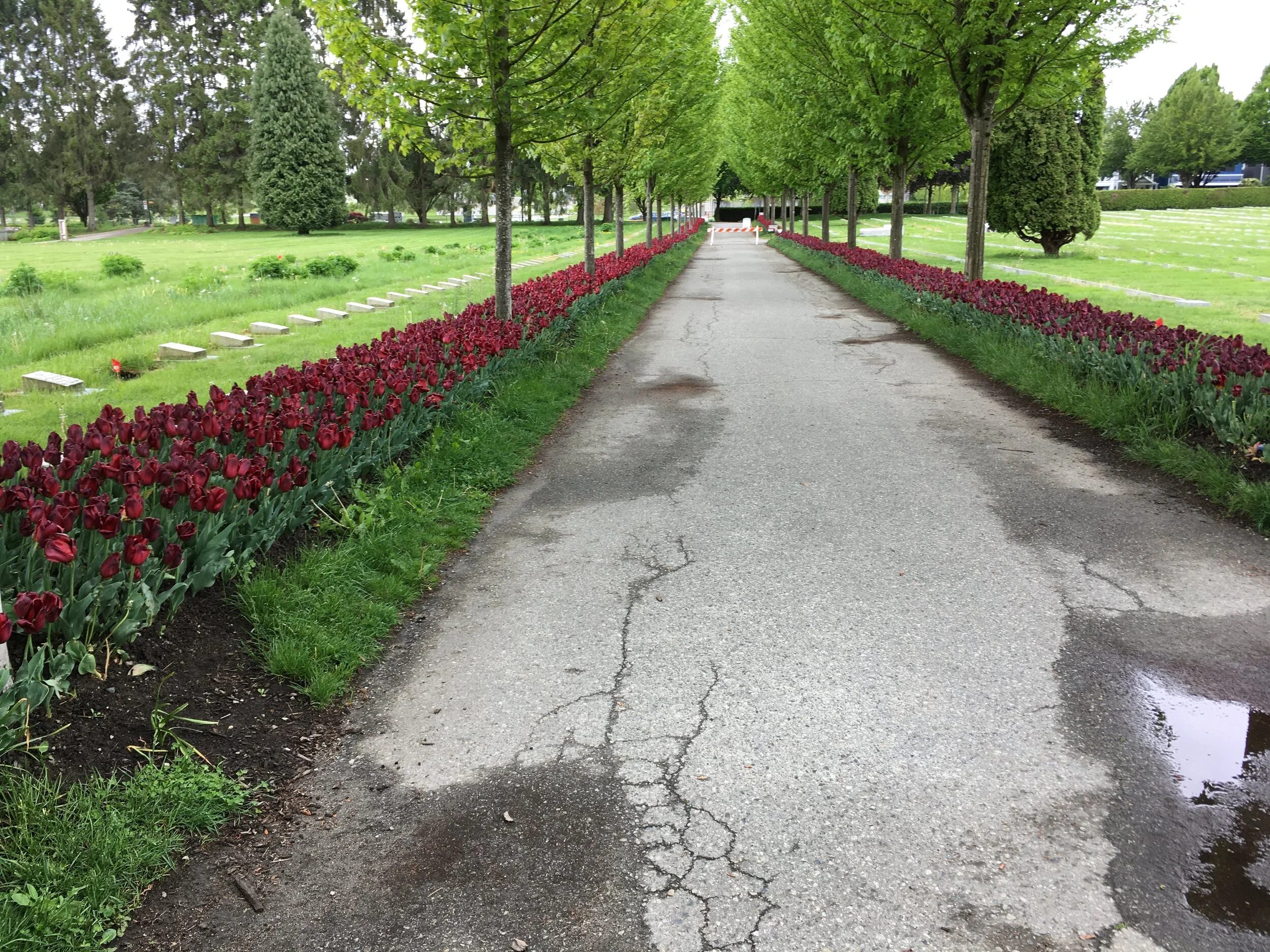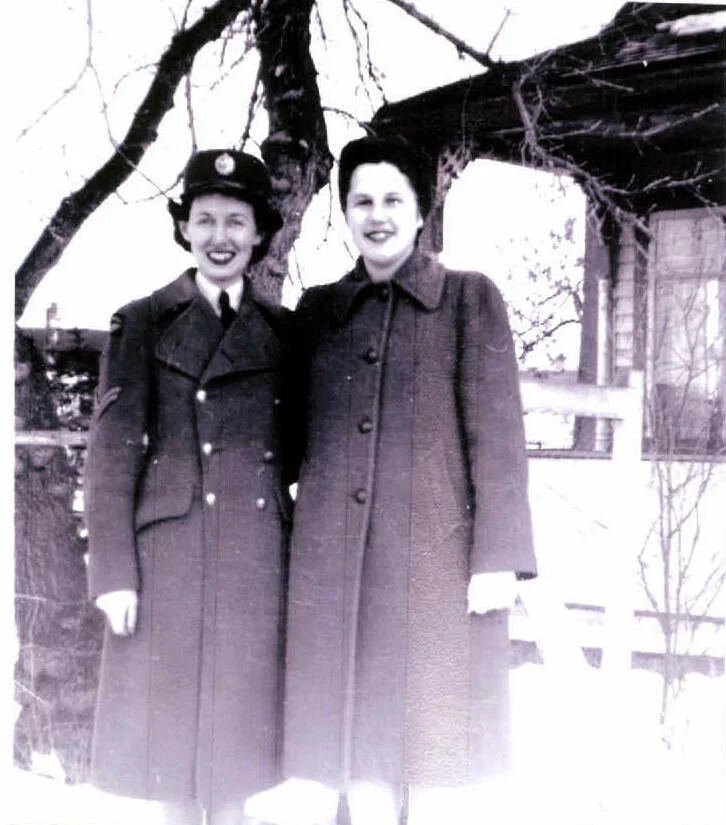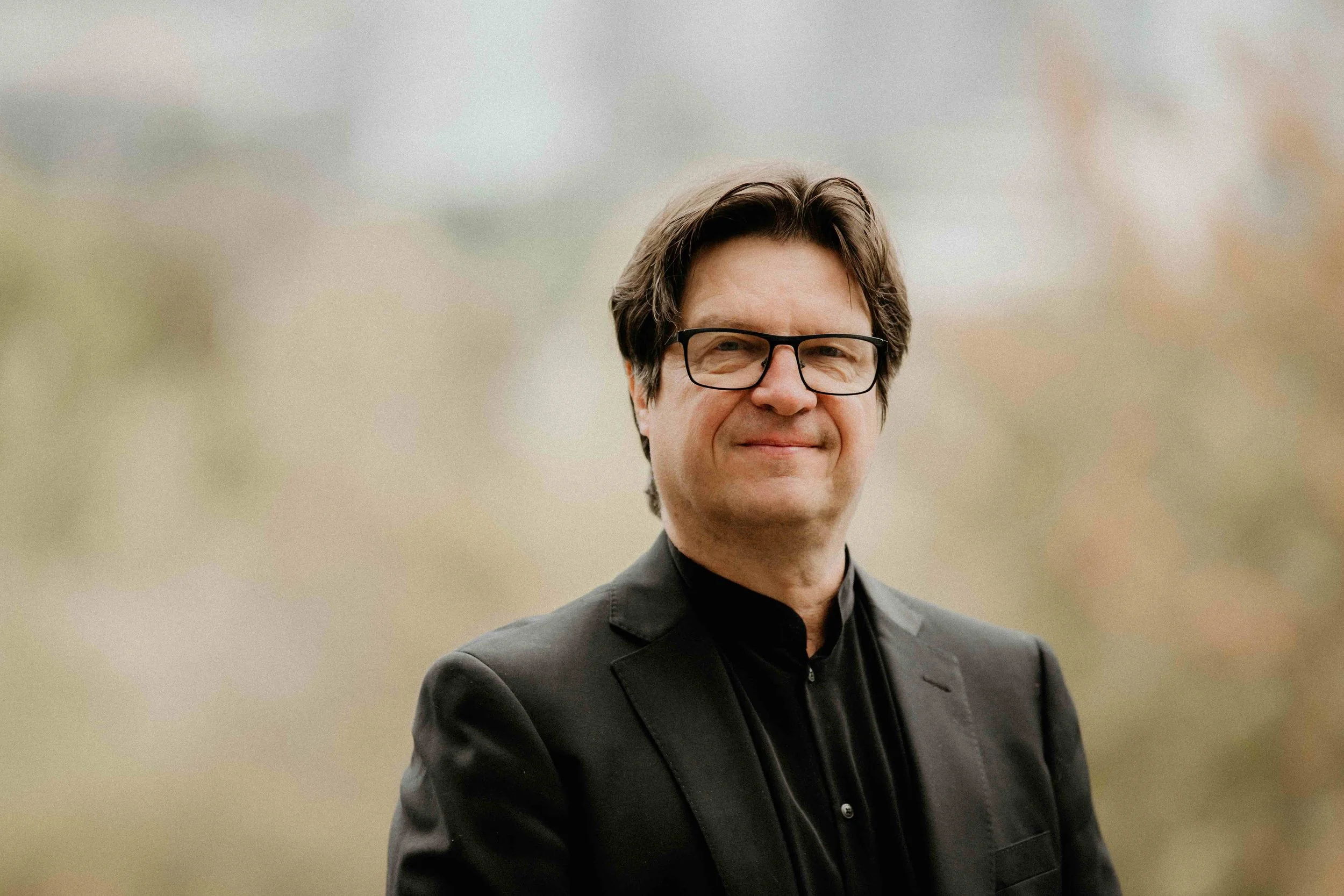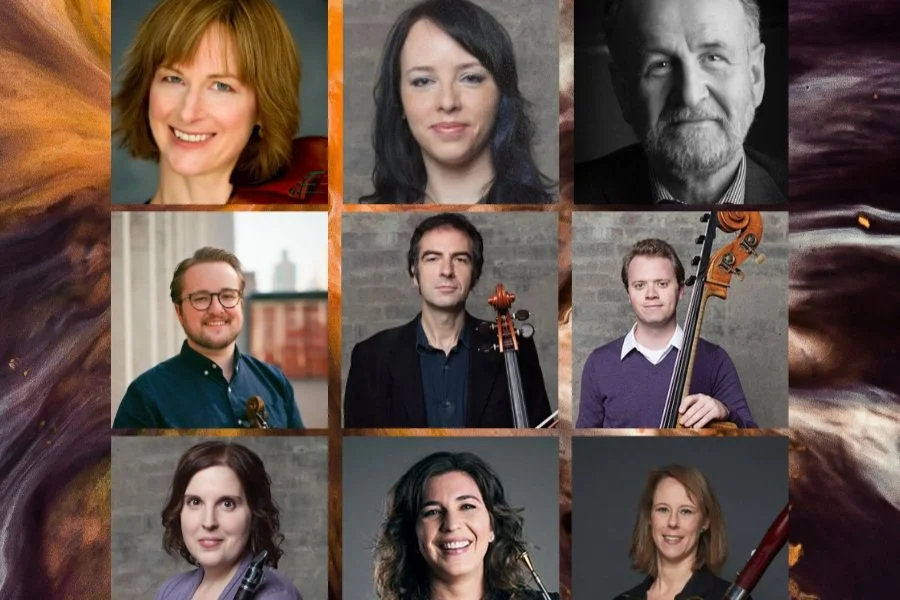Little Chamber Music and Vancouver Bach Choir's WW75—Women of the War remembers sacrifice beyond the battlefields
Mountain View Cemetery pop-up performances, a streamed ceremony, and an online gallery shed light on heartbreaking stories
Photo from Library and Archives Canada
The Little Chamber Music and the Vancouver Bach Choir present WW75—Women of the War in pop-up performances at Mountain View Cemetery from November 6 to 9, and a streamed online-only ceremony on Little Chamber’s Youtube or Facebook channel on November 11 at 10:45 am.
OF ALL THE TRAGIC STORIES that composer-musician Mark Haney has discovered in his research for the WW75—Woman of the War project, Olive Clegg's is one that’s haunted him most.
While doing support work with the Navy in the Maritimes during World War II, she suddenly asked to be posted overseas. Eight weeks later, documents show she was discharged for being seven months pregnant. Sick with tubercular meningitis, she had the birth induced just before she died. The baby passed away soon after in foster care.
“There was this heartbreaking letter from the military chaplain to her parents; Olive hadn’t told them any of this,” the Little Chamber Music artistic director and Mountain View Cemetery composer-in-residence recounts. “The chaplain was asking them to see her before she died, and that didn't happen for whatever reasons. And there was such a clear effort through all the various reports to never name the officer who was the father to the child--it seemed so much worse to them, in contrast to this woman being incredibly sick and being too ashamed to reach out to anyone.”
Mark Haney. Photo by Wayne Worden.
Stories like Clegg’s were pieced together from boxes full of documents that Haney and researchers Bryan Burt and Pixie Cram uncovered during a five-day trip to Ottawa’s Library and Archives Canada in January. And it joins 75 other deeply moving, forgotten accounts of women who lost their lives during their service in the Second World War—often far from the battlefields.
“There’s a lot of sadness and not a ton of uplift in this project, and that's not something I was expecting going in. That’s probably a good indication of how things were for women in the ‘40s,” reflects Haney. “Everyone who’s been attached or involved has been very affected by it. It would be impossible to read through any of the short stories we’ve put together and not be.”
The project has resulted in not just a new composition, called WW75—A Waltz for Choir and Brass, but will include pop-up performances in Mountain View Cemetery and a streamed ceremony on Remembrance Day that includes virtual singing by the Vancouver Bach Choir. It’s also grown to encompass a visual-art project and website gallery memorializing the women Haney and his team discovered.
Mountain View Cemetery’s Abray Roadway, which stretches along one of the Commonwealth’s Fields of Honour.
Of course the composition, envisioned pre-pandemic as an outdoor concert at the cemetery’s Field of Honour that would include 75 female members of the Bach Choir singing has had to take a radically different form.
It all started early in the year as Haney tried to think of a unique way to memorialize the 75th anniversary of the end of World War II. Shedding light on the unsung women of the war through music seemed like a way to bring something different to the events that surround the occasion. Travelling to the archives, he and his researchers took more than 1,000 photographs of the war records they found: photo ID cards, handwritten forms, pictures of graves, and military reports, all used to piece together the narratives of who the women were, and where they came from.
Evelyn Cecilia Connor was hit by a bus during a blackout in London.
The bulk of them were relegated to traditional women’s roles— laundry service, servers in the officers’ mess hall, secretarial jobs—although some defied expectations to become heavy equipment drivers or correspondents. Very few ever left Canada, but were integral to supporting the war effort.
Many lost their lives to illness or accidents; one, Evelyn Cecilia Connor, died tragically when a bus hit her during a blackout in London, England. But Haney was struck by the number who took their own lives. “There was no support of any kind for anyone with mental illness in the military in the 1940s; there was no frame of reference for what was going on,” Haney says. “There were a lot of unhappy people.”
Putting together stories from military ephemeera
Piecing the stories together from the files was often like detective work, Haney says. Through documents and “military ephemera”, they unravelled the story of Rhoda Elizabeth McKenzie, who served in England as a storewoman and mailclerk, but was found to be pregnant in 1942 and was shipped back on a boat with a sergeant with tuberculosis. In 1944, she was discharged for not being able to meet the physical demands of her military service, and she died shortly after at Vancouver General Hospital, also of tuberculosis.
Margaret Victoria Hart
Lesley Louise Perkin
A vast number of the women, Haney reports, came from small towns, and wrote home about loving the camaraderie they found in barracks. “That’s why it ended up being a waltz,” he says of his composition. “It’s the idea of calling these people in, calling them to dance, that seemed appropriate being in the cemetery.”
The sound of horns came to Haney, who is a well-known bass strings player, as a “sort of small, Salvation Army brass band in a small English coal town—a little brass band trying to raise spirits”.
Around early August, Haney says he finally admitted to himself there was no way to stage his grand plan for a site-specific work with 75 singers in the cemetery’s Abray section. He sat at his piano and reduced the piece to a seven-minute work whose lyrics are made up solely of the women’s first and middle names.
It was important to him that small groups of 12 to 16 spread-out choir members join the socially distanced brass quintet to perform the piece outdoors in the cemetery, where several of the women are buried. The ensemble includes trumpeters Audrey Patterson and Jeremy Vint, French horn player Nick Anderson, trombonist Marina Antoniou, and tuba master Marc Lindy, all conducted by Cathrie Yuen.
“Even if no one is around to see them I thought it was important for these names to be sounded in the cemetery,” he says.
You may be lucky enough to hear those purposely unscheduled pop-up performances, which happen around November 6 late afternoon, November 7 mid-afternoon, and November 8 late morning. But the safest and surest way to catch WW75—A Waltz for Choir and Brass is to tune in to Little Chamber’s Youtube channel on November 11, starting at 10:45 am, when the 75 singers will join the instrumentalists in an online ceremony, all recorded remotely.
You can also head to Little Chamber’s website to see the growing gallery devoted to the women’s stories, featuring some of the found photos and documents. They’re also on view in signs posted along the cemetery’s Abray roadway, created by artist John Endo Greenaway and on display until November 13.
As composer-in-residence at Mountain View, Haney is by now used to reflecting on loss through music. But discovering these women and the responsibility of remembering them has had a big effect on him. “It really feels like we’re bringing these forgotten names and stories into the light,” he says.



















